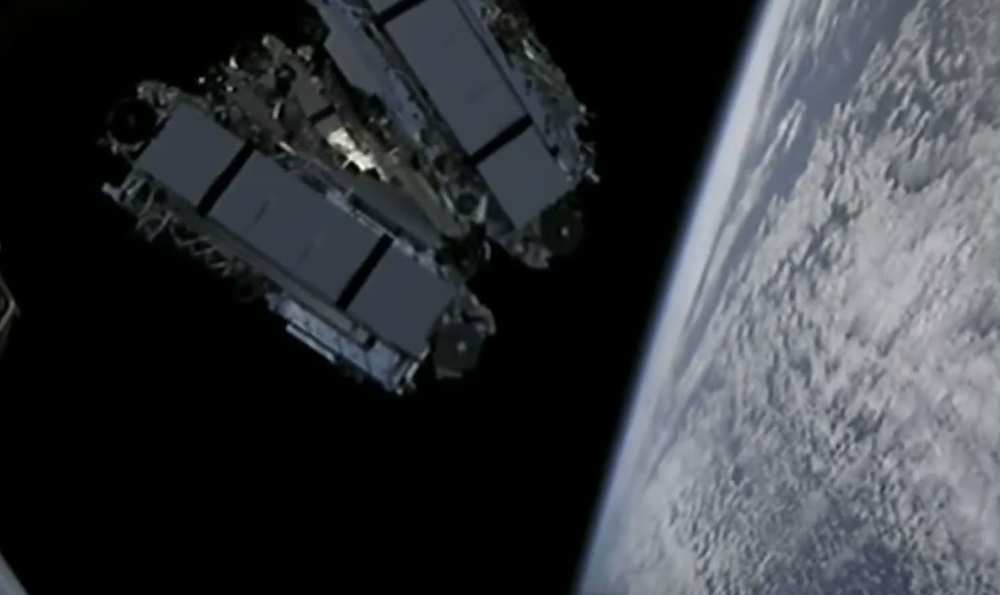The Buck Institute for Research on Aging scientists behind the research found that female mice that were fed enough AKG to maintain a younger mouse’s blood levels of the compound lived eight to 20 percent longer than the control group, according to research published Tuesday in the journal Cell Metabolism. On top of that, male and female mice who ate AKG had better fur color, stronger grips, and improved gait compared to others.
There’s a long and bumpy road between a successful mouse experiment and any sort of clinical applications for humans, but scientists are encouraged because AKG is already considered safe for humans to take.
“The big thing about this is that its safety profile is so good,” Holly Brown-Borg, a University of North Carolina aging researcher who didn’t work on the study told Science Magazine. “It has potential and should be explored further, for sure.”









